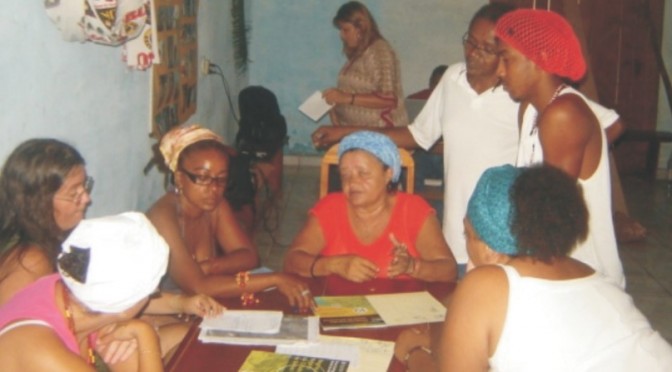By Sebastian Gallardo
Introduction
In the periphery of São Luis in the Northeastern Brazilian state of Maranhão, a group of predominantly Afrodescendent non-home-owning single mothers mobilized to occupy an unused state-owned housing project on April 4, 1996. In response, the state evicted them with the help of police, who ended up violently attacking them. As the group fought for their right to housing, they grew stronger as a community by (re)constructing their Afro-Diasporic collective memory. For instance, they took their name after Zumbi, who was the leader of the Palmares slave revolts and more recently became an icon for the Black movement in Brazil. Through collective negotiation with officials, the state of Maranhão eventually provided them with a housing complex in a different location.
As they continued their Afro-Diasporic community building project, they substituted the street names dedicated by state agencies in the new housing complex for the names of black leaders such as Negro Cosmes and Agutinê. They named their new community Zumbi dos Palmares and established a Candomble house, which serves both as a place of worship and a community-gathering center. This case, which was originally documented by a team of the research institute Nova Cartographia Social da Amazônia with the collaboration of residents (Nova Cartografia Social da Amazônia, 2009), demonstrate that the Afro-Diasporic experience ultimately served as a mobilizing force against structural racism and as a base for collective planning.
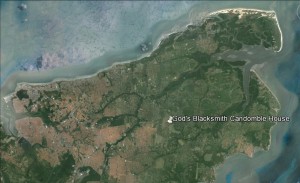
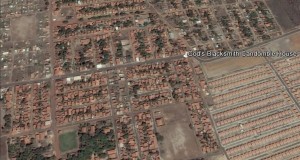
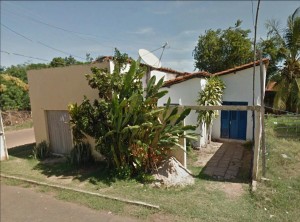
Analysis
Political and economic power has long been configured along the lines of race throughout the Western Hemisphere (Ennis & Quijano, 2000; Grosfoguel, 2000, p. 394). This structural racism is perpetuated by conventional planning in the form of urban development and housing policies, which have historically favored the needs and wants of a predominantly European descendent minority over those of Afrodescendent and indigenous peoples. Such exclusionary forms of planning have ultimately served to “regulate certain bodies in space (female, non-White, gay)” (Sandercock [1999] cited in Sweet & Escalante, 2014, p. 1827). In the case of São Luis, black bodies were systemically excluded from the city. Even though state-led projects were developed to cater to the housing needs of the city’s most vulnerable populations, the Zumbi dos Palmares community was left out of such projects, illustrating Keish-Khan Perry’s argument that Afrodescendent people in Brazil are considered “out of place” in the new urban spaces built up in cities such as Salvador (2004, p. 821).
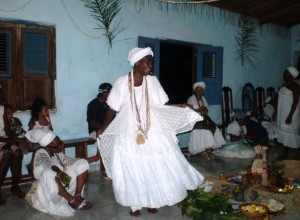
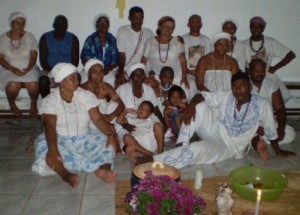
After the initial violent expulsion of the Zumbi dos Palmares, the government continued the exclusion of the black population in a more subtle yet not less discriminatory fashion by imposing a Eurocentric history over that of the Afrodescendent population and naming the Zumbi dos Palmares housing project after Roseana Sarney. However, the Zumbi dos Palmares substituted the names of the streets and the housing project for the names of black leaders from Brazil and around the world. In doing so, the Zumbi dos Palmares pursued what Miraftab refers to as a form of “insurgent planning” which “transgresses time bounds by seeking a historicized consciousness and promoting historical memory of present experiences” (2009, p. 49). Even though scholars such as France Windance Twine have argued that the black movement in Brazil has failed to reject the ideology of racial democracy, such collective actions against structural racism belies such claims (Perry, 2004, p. 823).
According to Catherine Walsh, “the production of knowledge in Latin America has long been subject to colonial and imperial designs, to a geopolitics that universalizes European thought as a scientific truths, while subalternizing and invisibilizing other epistemes” (Perry and Rappaport, 2013, p. 30). In this regard, the Eurocentric theoretical base from which conventional planning stems is structurally conditioned to ignore Afro-diasporic knowledge in its practice and theory. For example, Eurocentric planning has employed public squares for spatial and social organization since colonial times. Instead, in their planning, the Zumbi dos Palmares community conceived the God’s Blacksmith Candomble House as their social and spatial frame of reference (Nova Cartografia Social da Amazônia, 2009, p. 5).
Implications
This case illustrates the structural and theoretical limitations of conventional planning, in particular the ways in which conventional planning fails to grasp nuanced and counterhegemonic conceptualizations of space, home and community. As the Zumbi dos Palmares community created space for Afro-diasporic religious practices, they also (re)constructed their Afro-diasporic community and created a space of their own that had both physical, social and spiritual dimensions. Through Candomble, they established a common sense of belonging. And by renaming their streets and their neighborhood after Afrodescendent leaders, they cultivated a shared experienced of continued collective resistance. That is to say, the Zumbi dos Palmares community did not adopt state-centered strategies of collective resistance nor did they establish a clientelist relationship with the state to confront “systems of hardship” (Miraftab, 2009, pp. 38–39). Instead of political maneuvering through “invited” or “invented” spaces of citizenship described by Miraftab (2009), the Zumbi dos Palmares directly contested conventional planning strategies in order to develop community-building capacity. They undertook a Gramscian “war of position,” thereby “creating the trench work of organization and consciousness, deferring frontal battler until later” (Hale, 2006, p. 14).
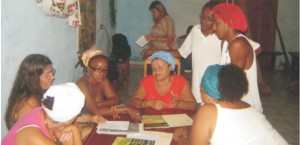
Ultimately, this case invites us to embrace more inclusive planning methods that allow us to (re)think people’s relationship with one another and how they relate to their home space. It sheds light on the ample possibilities for collective self-reflectivity which the co-production of knowledge affords in the pursuit of social justice as other scholars have argued (K.-K. Y. Perry & Rappaport, 2013; Sletto et al., 2014, p. 567).
